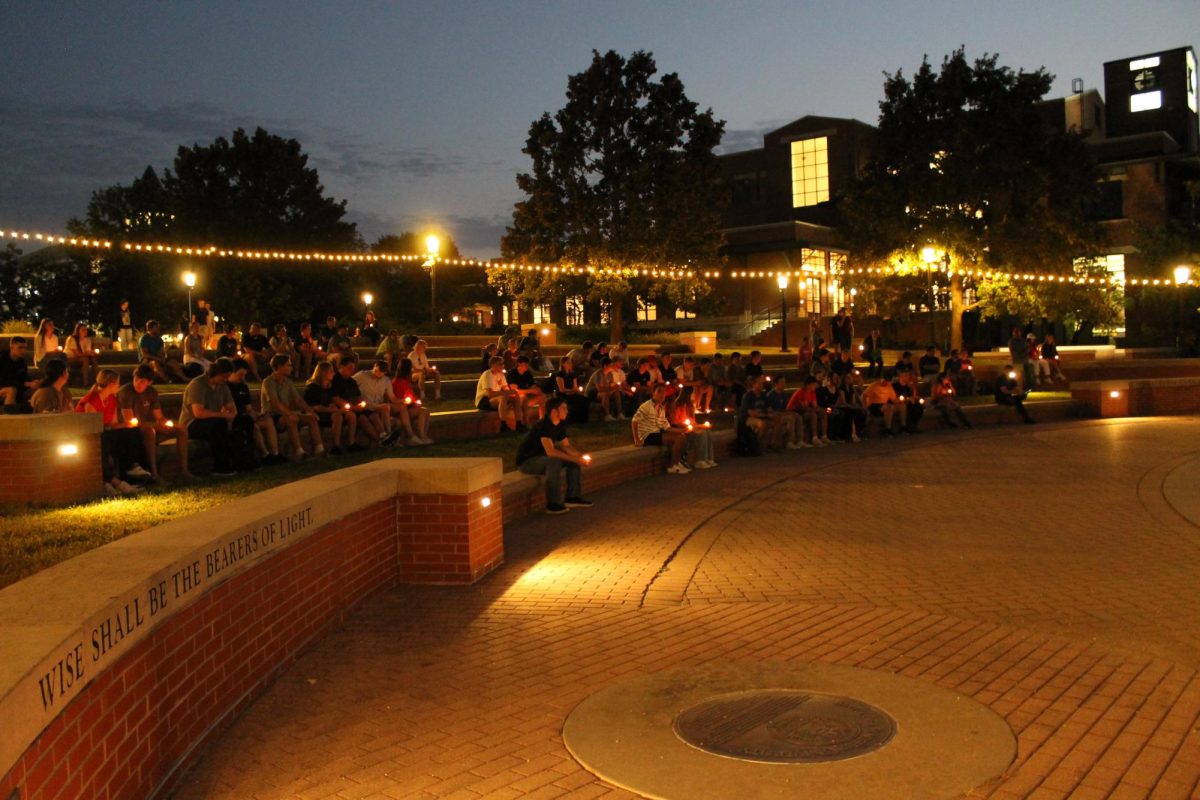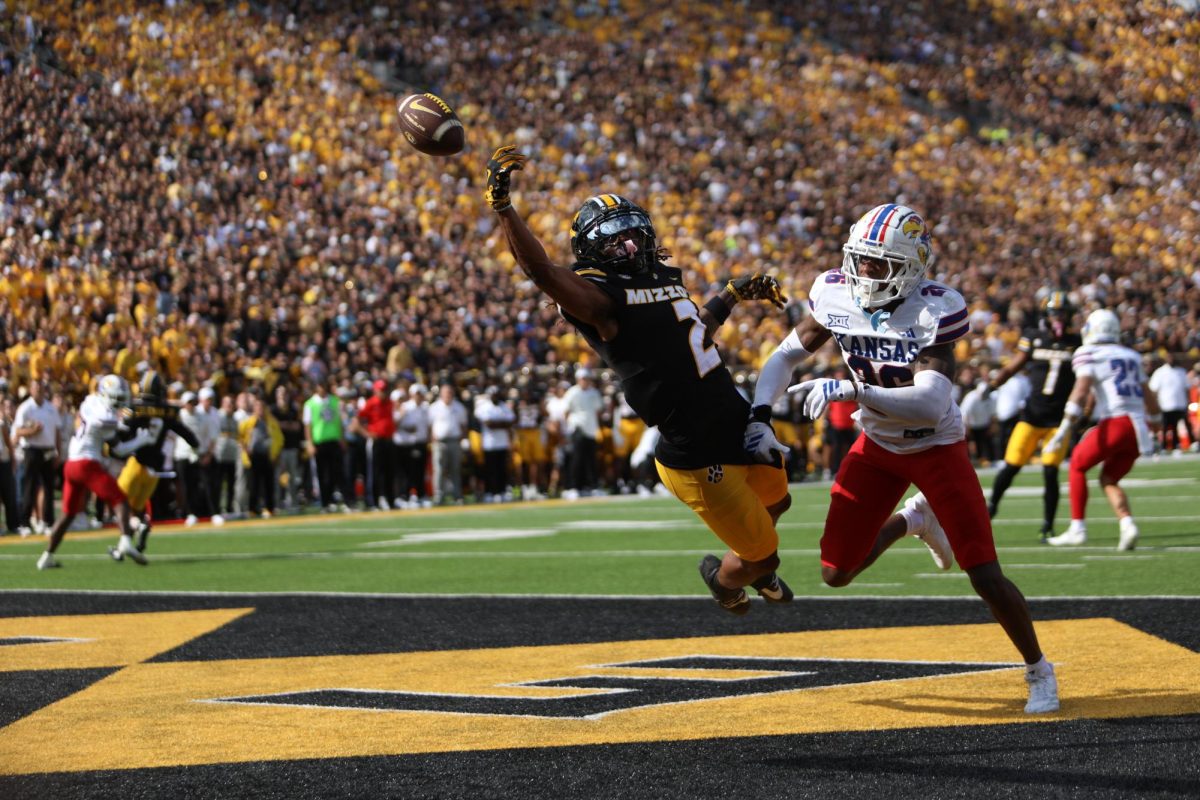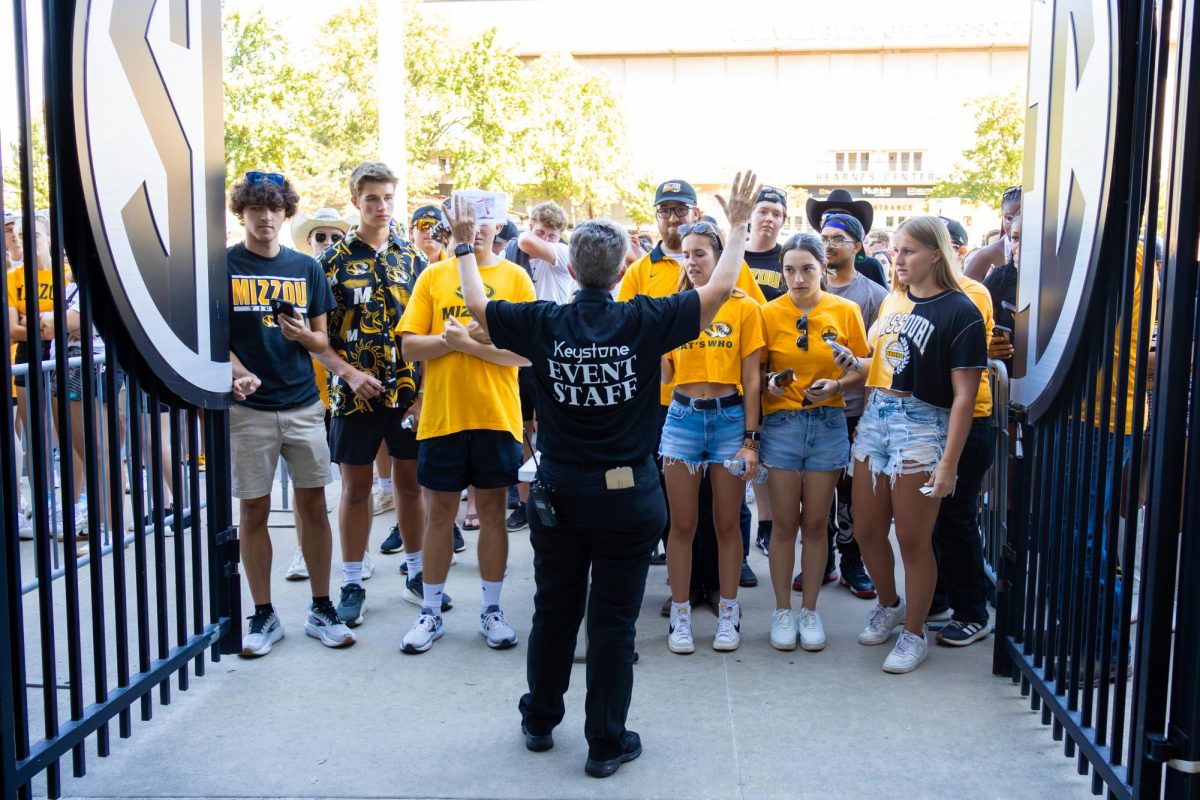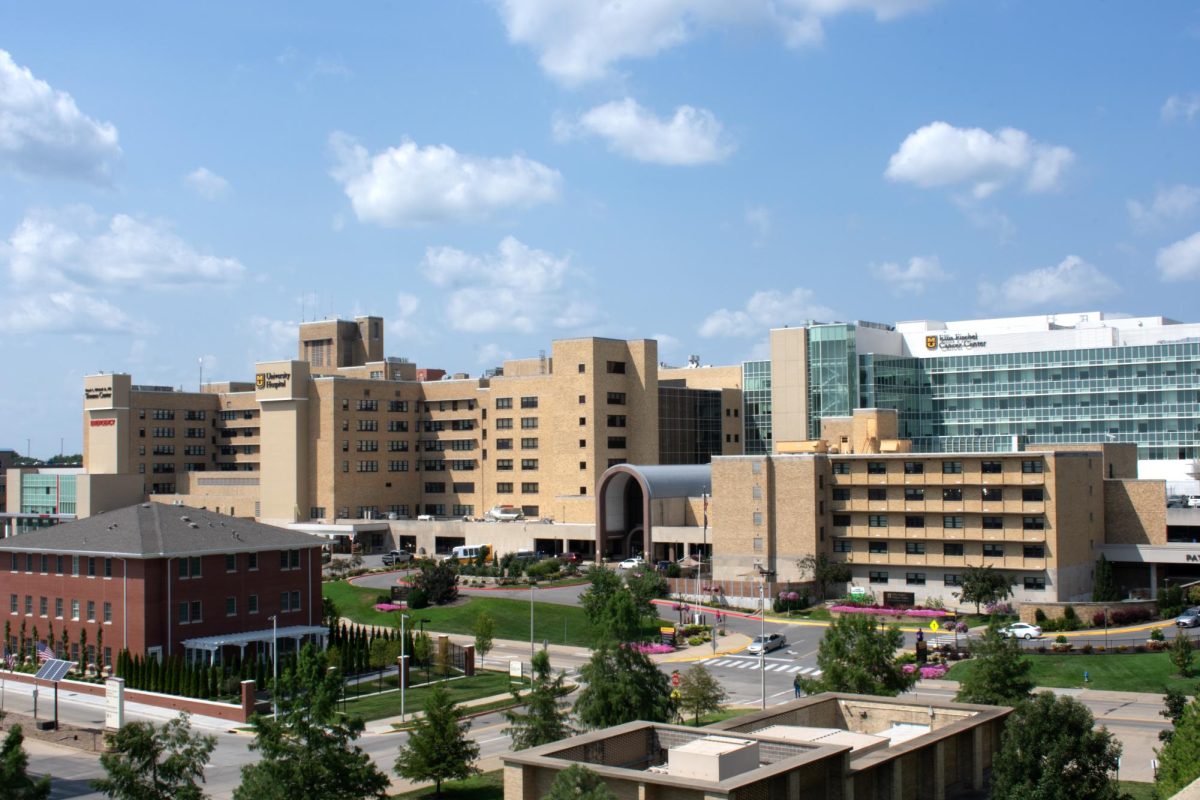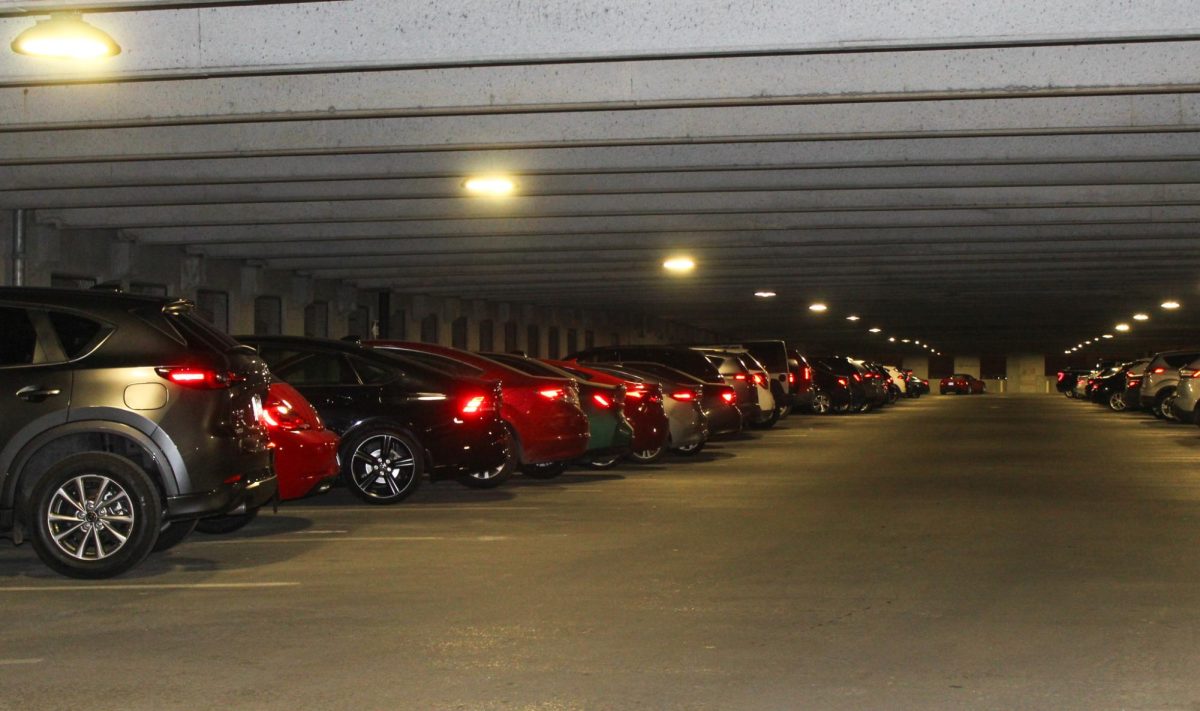A select group of citizens from Boone County made a contribution to education 175 years ago that would affect the lives of millions to come.
Their resulting donation led to the founding of the first public university west of the Mississippi River — the University of Missouri.
From its establishment in 1839, MU has undergone significant advances in the ways its curriculum affects the lives of its students. From its foundations in the art community, led by George Caleb Bingham, to its introduction of civil engineering and education courses, the university began with an ambitious effort to innovate the ways students could interact with the world around them.
As the years have passed, the campus has grown to nearly 1,300 acres, with a total enrollment close to 35,000 students.
Daniel Green, an English professor and MU graduate, reflected upon the changes he has seen over the years.
“The biggest change I’ve seen on campus is the growth of the student body,” he said. “It’s increased about one-third of its size since I was here.”
Green graduated in 1978 and left with three degrees, including his doctorate in English. He returned to MU to teach in 2008.
“(MU) is our flagship university; it represents college life for all of Missouri,” Green said.
Boasting an impressive agricultural college, MU’s campus has also been designated a botanical garden by the state of Missouri, as it features an incredibly diverse population of plants throughout the university maintained by the agriculture students and faculty members.
Randall Smith, a professor of business journalism, said the diversity of opportunities available to students at MU is like no other.
Smith, an MU graduate, said the community feeling of MU was what pulled him to the university.
“For me, it was between Mizzou and Northwestern (University),” he said. “The difference between the two was that here, I felt like I was part of something, part of the community. … There’s nowhere like it.”
Smith went on to discuss the wealth of diversity on campus. Featuring a school of law, medicine, and veterinary medicine among many other schools, the diversity of opportunity extends across racial and gender boundaries alike.
“I think we attract incredibly bright students here, sometimes taking the diversity (of students) for granted,” Smith said.
Smith also said now more than ever, women and other minorities are increasing their presence on campus, specifically in the field of journalism. This is creating diverse perspectives regarding the media, resulting in a more true form of storytelling.
Freshman Michael Bell said the idea of “One Mizzou” drew him to the university.
“To me, One Mizzou means the culmination of all of the different people here at school,” he said. “Even though we are all trying to find our roles here on campus, we all come together to support each other in the end.”
Bell also said MU’s ever-increasing pursuit of progress is the university’s strongest selling point.
From its state-of-the-art research facilities, student housing renovations and fully functioning nuclear power plant, to its recent admission into the Southeastern Conference, the leaps toward greatness can be seen at every turn of the corner on campus, he said.



